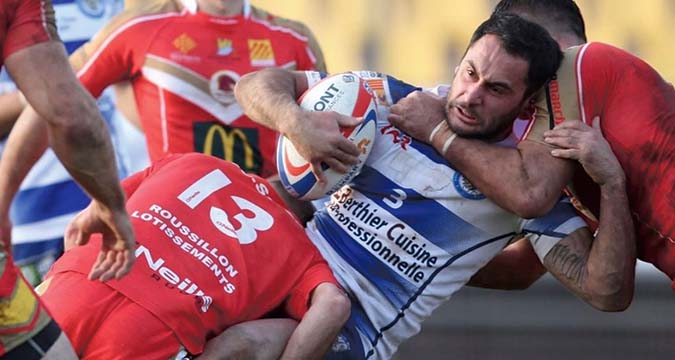 The French Rugby League Elite 1 championship nowadays tends to be overshadowed by the exploits of Catalans Dragons and Toulouse.
The fact a double header will be organised with these two teams this summer, the possible coming of rugby superstar Sonny Bill Williams twice at Gilbert Brutus with Toronto, the very possible promotion of Toulouse to Sup
The French Rugby League Elite 1 championship nowadays tends to be overshadowed by the exploits of Catalans Dragons and Toulouse.
The fact a double header will be organised with these two teams this summer, the possible coming of rugby superstar Sonny Bill Williams twice at Gilbert Brutus with Toronto, the very possible promotion of Toulouse to Sup Treiziste Diary: Out of the shadows
 The French Rugby League Elite 1 championship nowadays tends to be overshadowed by the exploits of Catalans Dragons and Toulouse.
The fact a double header will be organised with these two teams this summer, the possible coming of rugby superstar Sonny Bill Williams twice at Gilbert Brutus with Toronto, the very possible promotion of Toulouse to Sup
The French Rugby League Elite 1 championship nowadays tends to be overshadowed by the exploits of Catalans Dragons and Toulouse.
The fact a double header will be organised with these two teams this summer, the possible coming of rugby superstar Sonny Bill Williams twice at Gilbert Brutus with Toronto, the very possible promotion of Toulouse to Sup 